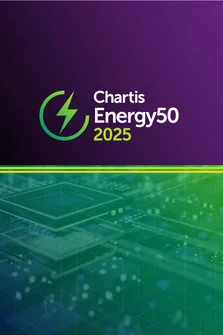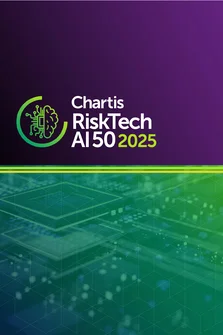<p>The market for energy trading is fast-moving, and covers a range of commodities and sectors. It has increasingly begun to gain definition and separation from the commodities marketplace, and now is segmenting further into network and generation-based markets such as electricity and gas, and energy commodities such as coal and oil.</p>
<p>These complex markets contain a wide range of participants. Players are as varied as regulated utilities, brokers, hedge funds, banks, and industrial users, and for each of these actors the concept of “energy trading risk management” may mean something different, and may result in different business and technology requirements. However, within this complex environment there are a number of overarching trends.</p>
<p><strong>Both the network-based and energy commodities markets are broadly moving in the same direction. </strong>The focus is on financial elements and underlying physicals, including an emphasis on optimization, asset management and portfolio management.</p>
<p><strong>The network-based markets are headed towards a regulatory framework which increasingly mirrors that of financial services in general, and derivatives trading in particular.</strong> These regulations are overlaying, constricting and driving networks such as electricity and gas, and asset pools such as renewables (wind and solar power, for example).</p>
<p><strong>Energy commodities are much less regulated, and remain closely linked to non-energy commodities. </strong>The management focus on the side of energy commodities is more on efficient and integrated logistics than on regulatory compliance.</p>
<p>Regulation continues apace in the ETRM marketplace, including increased compliance demands from Dodd- Frank, Basel 3, and REMIT.</p>
<p><strong>REMIT should be viewed as an encapsulation of best practices and overarching Eurozone ideas on transparency and market monitoring.</strong> It currently represents an ambitious superstructure for the long-term framework evolution of the networked energy markets, and while it is constructed around the European markets, the principles will be translatable to other jurisdictions.</p>
<p><strong>The trend towards extended risk management highlighted in the Chartis Energy Trading Risk Management Systems 2012 Report is continuing.</strong> The emphasis is on optimization, asset management, and portfolio management on the regulatory agenda.</p>
<p>This report is an update to Chartis’s Energy trading risk management technology report 2013, and covers the technology requirements and the vendor landscape for energy trading risk management systems. No single product or vendor’s family of products has comprehensive coverage and different vendors emphasize different capabilities. There has also been a continued consolidation of vendors in the market as vendors have looked to build out their functionality over the past 18 months. It can therefore be difficult for buyers to determine which solution or solutions meet their needs.</p>
<p>This report aims to help buyers decide using Chartis’s RiskTech Quadrant<sup>®</sup> to help to throw light on the market. The RiskTech Quadrant<sup>®</sup> uses a comprehensive methodology of in-depth independent research and a clear scoring system to help explain which technology solutions meet the needs of various financial institutions.</p>
<p>The RiskTech Quadrant<sup>® </sup>does not simply describe one technology solution as the best energy trading risk management solution; it has a sophisticated ranking methodology to explain which solutions would be best for buyers, depending on their implementation strategies and business needs.</p>
<p>This report covers the leading vendors offering energy trading risk management solutions, including Allegro, Brady, EKA, HOC, Lacima, Murex, OpenLink, Pioneer, SAS, SunGard, TriplePoint (now a part of ION Investments), and Ventyx.</p>
Only users who have a paid subscription or are part of a corporate subscription are able to print or copy content.
To access these options, along with all other subscription benefits, please contact info@chartis-research.com or view our subscription options here: https://www.chartis-research.com/static/become-a-member
You are currently unable to print this content. Please contact info@chartis-research.com to find out more.
You are currently unable to copy this content. Please contact info@chartis-research.com to find out more.
Copyright Infopro Digital Limited. All rights reserved.
As outlined in our terms and conditions, https://www.infopro-digital.com/terms-and-conditions/subscriptions/ (point 2.4), printing is limited to a single copy.
If you would like to purchase additional rights please email info@chartis-research.com
Copyright Infopro Digital Limited. All rights reserved.
You may share this content using our article tools. As outlined in our terms and conditions, https://www.infopro-digital.com/terms-and-conditions/subscriptions/ (clause 2.4), an Authorised User may only make one copy of the materials for their own personal use. You must also comply with the restrictions in clause 2.5.
If you would like to purchase additional rights please email info@chartis-research.com


